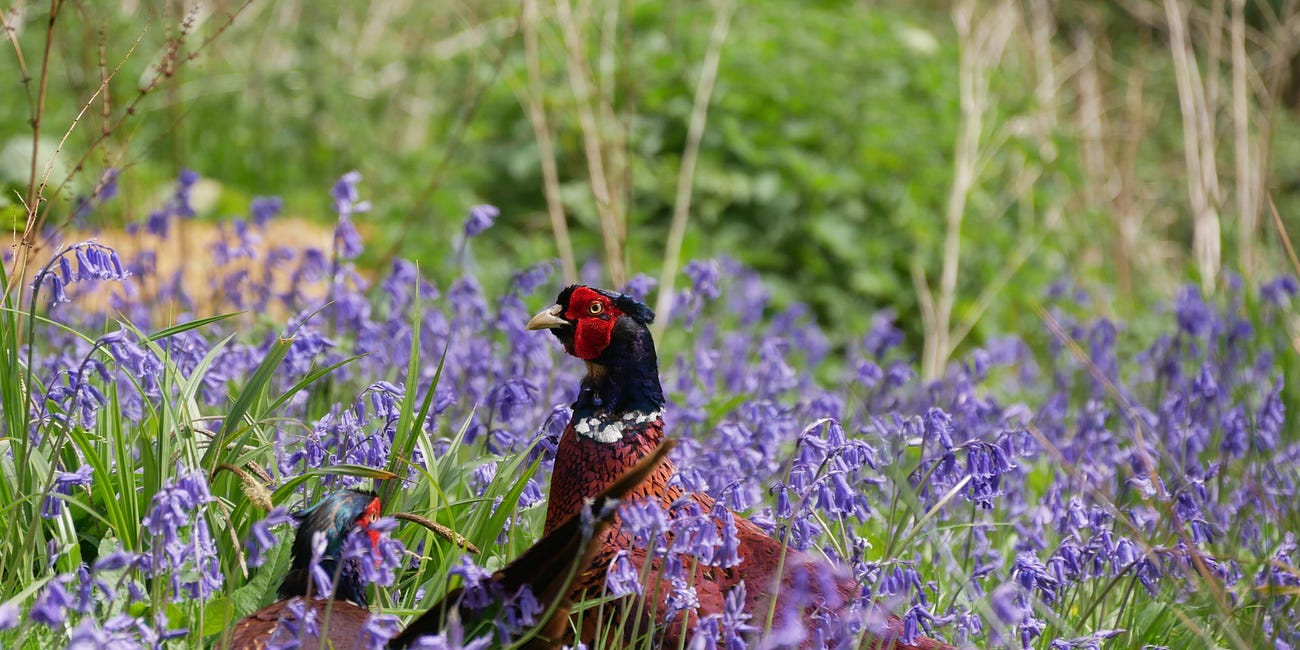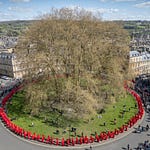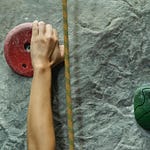
A New Yama
Whilst researching for one of my yoga therapy essays recently, I came across a yogic precept which I had not heard of before. But before we get ahead of ourselves, let me lay some groundwork so you get an idea of where the precepts fit into the yoga philosophy…
The yogic precepts appear as two lists in The Yoga Sutras of Patanjali. The Yoga Sutras are estimated to have been composed between the 2nd century BCE and the 5th century CE. Some scholars suggest that Patanjali lived around 200 BCE, while others propose a later timeframe, around 400 CE. The historical details of Patanjali's life are not well-documented. In fact, scholars aren’t really sure of his exact identity and background. It is thought that the Sutras emerged from the Northern region of ancient India in an area now called Uttar Pradesh, although again, no one is really sure.
Within the Yoga Sutras, the framework of Ashtanga, the Eight Limbs of Yoga is introduced. Rather than being a particularly challenging style of vinyasa class, this system is a comprehensive framework that guides individuals towards self-realization and spiritual growth.
The Ashtanga System
The Ashtanga system, or the Eight Limbs of Yoga, is not strictly a hierarchical ladder system where one limb must be mastered before moving on to the next. While the limbs are presented in sequential order, they are not meant to be seen as a linear progression.
Each limb of the Ashtanga system has its own significance and offers unique benefits, but they are also interrelated and interconnected. It is more accurate to view the limbs as interdependent components. Like legs or limbs, they all support each other and work together. If one limb is weak, the others will step in to help. Here are the eight limbs:
The Eight Limbs
Yama - ethical precepts
Niyama - personal observances
Asana - physical postures
Pranayama - breath practices
Pratyahara - withdrawal of the senses inwards
Dharana - concentration
Dhyana - contemplation
Samadhi - realisation of Oneness
Yamas and Niyamas are key to how we approach our asana, breath and meditation practice, and how we approach Life. Sadly, they’re hardly mentioned in the Westernised yoga systems. Now you know the background, we’ll look at some more yoga precepts and the other limbs in future articles. Those of you who have been reading for a while might remember this article, about the most important ethical precept of all.
The Yamas and Niyamas teach us that there is so much more to yoga than the postures, even in this very practical system that Patanjali lays out in the Sutras. This is one of the reasons I’m writing these articles. It is not good for an eight-legged being to have one or two strong legs and be weak in the others. Hopefully, as you continue to learn and practice yoga philosophy, to see how it works to support you in your life, you’ll develop strength in more or all of your eight limbs.
Here are some more teachings from the Yoga Sutras. This is a recommended read if you are wondering why you aren’t managing to get to your yoga mat as often as you would like!!
This Monday is Bank Holiday in the UK so there is no in-person class at the Church, however, the Zoom meditation and Zoom evening somatics classes are on. You can look at the timetable, book your class (and buy class passes) by clicking on the button below.
.
I am looking forward to seeing you in class!
With love and good wishes,
Julia xx











The Eight Limbs of Yoga